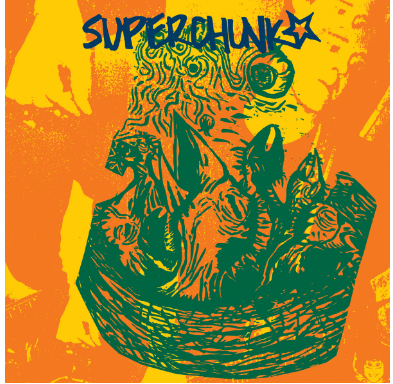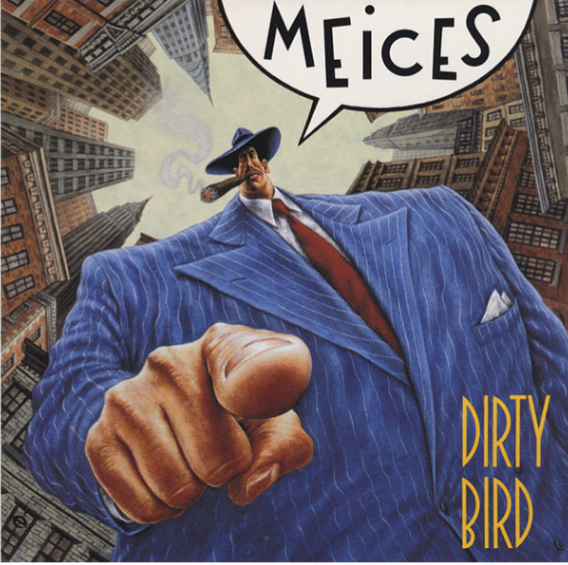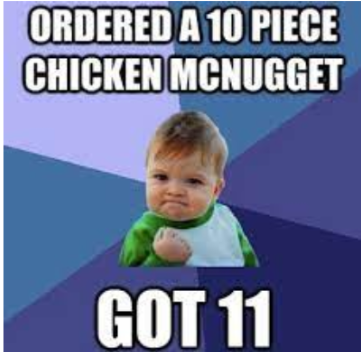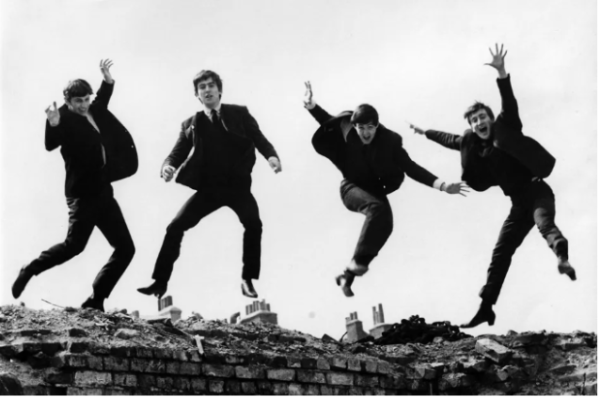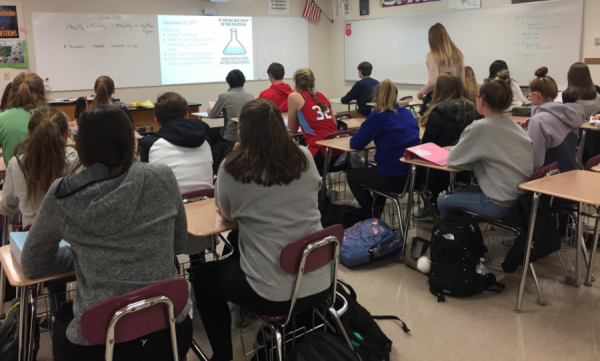Concussions: A Threat to an American Pastime
February 11, 2016
Only a decade or so ago, concussions were not an issue. They were invisible, and unknown to the majority of the football world. Now, they are at the forefront of all concerns involving football. Millions of dollars worth of research is being carried out in the hopes of coming to the ultimate solution. Football is growing increasingly safer, and is doing so at a good pace. From youth leagues to the NFL, football should undoubtedly remain as an American pastime.
Football’s concussion crisis burst onto the scene when in 1994, the NFL created the MTBI, or Mild Traumatic Brain Injury committee. While that was a good start, the committee did not produce much. This is much different compared to the measures taken today. The NFL has multiple partnerships with the hopes of finding more and more solutions. There are numerous groups that provide research and advice, names including the NFL Players Association, CDC, Professional Football Athletic Trainers Society, and the NFL Physicians Society.
Aside from the medical standpoint, equipment used in football is making large strides as well. Major equipment manufacturers, like Schutt and Riddell, collaborate with the NFL to create the best possible equipment. As a testament to the equipment improving every year, both Schutt and Riddell have released multiple new helmets over the past three years. The newest addition to the safer, concussion prevention helmets, Riddell’s Speedflex is extremely popular among all players. The fact that they are so increasingly popular is big considering that the last concussion prevention helmet they introduced in 2013 was not very popular at all.
Added to the list of safety measures, the NFL has recently changed rules and also implemented spotters. These spotters are certified physical trainers, who sit in a booth in the stadium for every game. If they see a player who is showing symptoms of concern or has taken a hard hit, they can communicate to staff on field who will remove and evaluate that player. Being one of the first years this is used, it of course has shown some gaps. St. Louis Rams quarterback Case Keenum was thrown to the turf during the Ram’s week 11 game against the Baltimore Ravens, clearly slamming his head. Keenum then struggled to even rise to his hands and knees, but was never called off the field by a spotter. Although he probably did so very uncomfortably, Keenum then played through the rest of the game, putting himself at major risk for further brain injuries. The NFL responded to this mistake by calling a meeting with the spotters for all 32 teams going back over the guidelines and protocol that is to be followed every game.
The NFL has also changed certain on field rules. One major change is that they have moved up the spot where the ball is kicked off. This means that the ball is kicked out of the back of the end zone more often, meaning the football can not be run back by the opposing team. It was these run backs, or returns, that often produce the hallmark, highlight reel hits. This change has made waves, as the ball is returned on the kickoffs at a much lower rate.
The concussion issue has not gone unnoticed, and is at the forefront of all the NFL’s medical concerns. They are changing every aspect of the game that they can in order to reduce concussions as best as they can. While concussions are a factor that are far from eliminated, they are certainly being reduced, and at an increasing rate.

